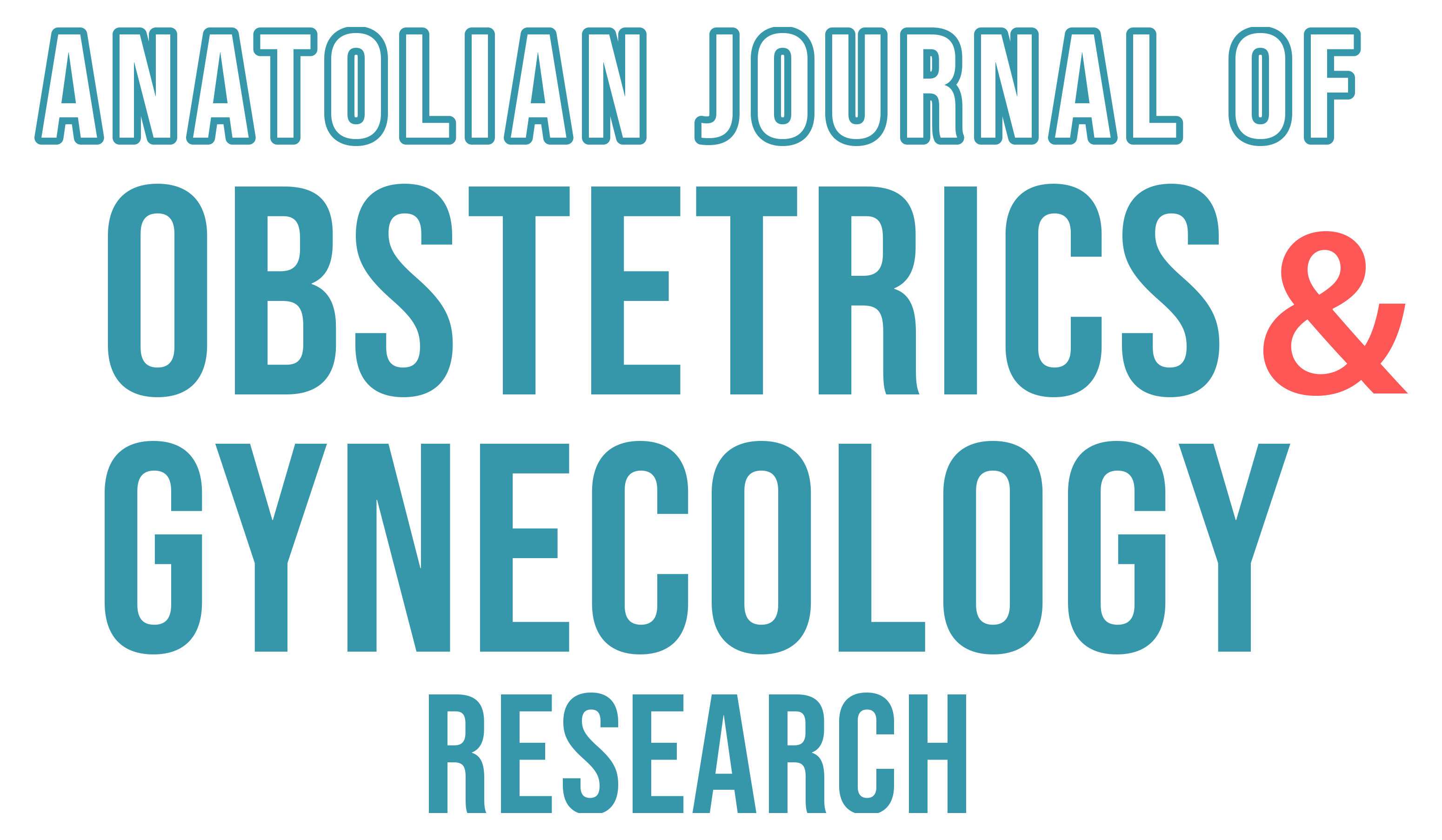The year 2025 marked a significant milestone in the field of gynecology and obstetrics as the International Society of Gynecology and Obstetrics and the Pelvic Floor Cosmetic Gynecology Association joined forces to host their annual congress together in Antalya, Turkey. This collaborative scientific gathering brought together an impressive assembly of 2,262 participants from across Turkey, including a few esteemed foreign scientists who also contributed with their presentations. Held under the inspiring motto “Change through science and critical thinking,” the congress provided an invaluable platform for the exchange of knowledge, clinical experience, and groundbreaking research.
The atmosphere throughout the event was one of engagement, inspiration, and progress. Esteemed scientists and clinicians, each distinguished in their respective specialities, shared their insights on the rapidly evolving landscape of women’s health. The congress featured a dynamic blend of keynote lectures, panel discussions, interactive workshops, and oral presentations, all designed to shape the future of gynecology and obstetrics. The diversity of the topics covered, ranging from reproductive endocrinology to minimally invasive surgery and pelvic floor restoration, reflected the interdisciplinary nature of the field and underscored the importance of integrating evidence-based practices with innovative approaches.
In this spirit of scientific excellence and forward-thinking, the current issue of our journal brings together a selection of original articles and reviews that contribute meaningfully to our understanding of complex clinical challenges in women’s health.
An in-depth review titled “The Role of Androgens in Health and Disease in Females: A Narrative Review” revisits the multifaceted influence of androgens in female physiology. Beyond their traditional role in reproductive function, androgens impact mood, metabolism, bone density, and cardiovascular health. This article elegantly summarizes the dualistic nature of androgens, both beneficial and pathological, and emphasizes the need for individualized therapeutic approaches.
The next featured article, “The Importance of Exosomes in Gynecological Diseases,” explores the emerging role of exosomes as biomarkers and therapeutic targets in gynecological disorders. As nanovesicles are involved in intercellular communication, exosomes have attracted significant interest for their potential in diagnosing and monitoring diseases such as endometriosis, ovarian cancer, and polycystic ovary syndrome (PCOS). This review provides a timely synthesis of current knowledge and outlines future directions for translational research.
Another important study, “Randomized Controlled Trial Comparing Single Embryo Culture with Group Culture in a Micro-Well Dish: Impact on Embryo Development and Clinical Outcomes,” offers new evidence in the realm of assisted reproductive technology. By comparing embryo development under different culture conditions, the authors shed light on how microenvironmental factors influence viability and implantation rates, potentially guiding embryologists toward more effective in vitro fertilization practices.
In a practical contribution to infertility treatment, the article “A Novel Alternative to Sequential Protocol in Clomiphene Citrate-Resistant PCOS Patients with a Combined Regimen of Clomiphene Citrate and Recombinant Gonadotropin” proposes a promising therapeutic strategy. The authors describe a combined protocol that demonstrated improved ovulatory responses and pregnancy rates, providing a potential solution for patients who do not respond to conventional clomiphene citrate therapy.
In “A Double-Blind Randomized Controlled Trial Comparing Two Panty Liners with Different Surfaces with Respect to Microbial Colony per Centimeter Square,” the authors address a relevant issue in everyday female hygiene. This meticulously designed trial assesses the microbiological safety of commonly used products, with implications for vulvovaginal health and consumer awareness.
The sixth contribution, “A Case-Control Study of Female Genital Measurements of Polycystic Ovary Patients and Their Relation to Sexual Function and Genital Perception,” addresses a less-explored dimension of PCOS. By comparing genital morphology and sexual health parameters between PCOS patients and healthy controls, this study provides novel insights into the physical and psychosocial aspects of the syndrome, offering a holistic view of patient care.
In “Emergency Blood Transfusion in Gynecology Cases: A Multicenter Analysis,” the authors present a comprehensive evaluation of transfusion practices in acute gynecological emergencies. By analyzing data across multiple centers, the study identifies key predictors of transfusion need, and transfusion-related complications, and highlights the importance of developing standardized protocols to enhance patient safety and clinical outcomes.
In the realm of rare and complex cases, “Endometrioma Excision in a Patient with VACTERL Syndrome and a Rudimentary Uterine Horn: A Case Report” illustrates the intersection of congenital anomalies and gynecological pathology. This report underscores the importance of multidisciplinary collaboration and individualized surgical planning when managing such rare and intricate clinical presentations.
Each of these articles not only adds to the growing body of scientific literature but also aligns with the overarching theme of the 2025 congress-progress through science and critical reflection. As researchers and clinicians, we are reminded that continued advancements in our field are made possible by a willingness to question established norms, rigorously test new hypotheses, and integrate multidimensional perspectives into patient care.
We extend our gratitude to all contributors, reviewers, and editorial staff who made this issue possible. May the insights presented herein inspire further inquiry, collaboration, and innovation in the service of women’s health worldwide.
Cemil Oğlak, MD
Associate Professor



